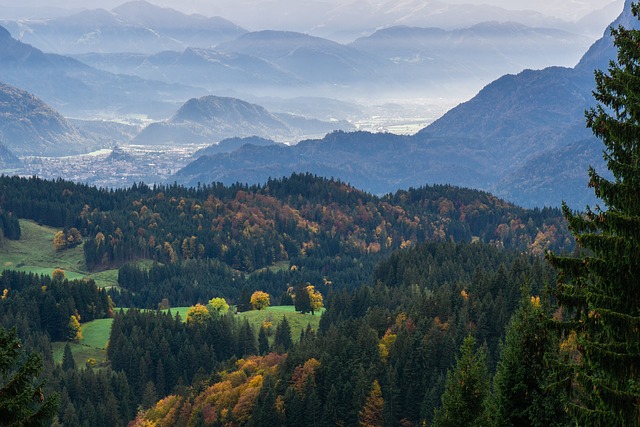Through the Lens: Exploring the Art of Panorama Photography
Photography is more than just capturing moments; it’s about conveying emotions, perspectives, and stories through the art of visual storytelling. Among the various techniques and styles, panorama photography holds a special place, allowing us to embrace vast landscapes, bustling cityscapes, and intimate scenes that our eyes can behold yet struggle to frame within a single shot.
The allure of a panorama lies in its ability to transport viewers to a scene that feels immersive and expansive. Imagine standing atop a mountain, gazing at a breathtaking vista with your own eyes, and then considering how that experience can be encapsulated in a single photograph. With a panoramic image, you can evoke the same sense of awe and wonder, wrapping your audience in the beauty of what lies beyond a standard frame.
To embark on a panorama photography journey, understanding your gear is vital. Most modern cameras, whether DSLRs or mirrorless models, come equipped with features that facilitate panoramic shots. The key is in the optics and the way light is captured across a wide field. Using a sturdy tripod can help maintain consistency across your frames, ensuring that each shot aligns perfectly when stitched together.
When composing your panoramic photograph, think about the elements that will lead the viewer’s eye through the frame. Foreground interest can draw them in, while a well-structured horizon can provide a sense of completion. In landscape photography, think about layering elements such as mountains, valleys, or trees to draw the eye toward the distance, creating depth and intrigue.
Moreover, lighting plays a crucial role in setting the mood for panorama photography. The golden hours—shortly after sunrise and before sunset—offer soft light that adds a magical quality to your images. The vibrant colors and long shadows can enhance the textures of nature, making a panorama feel more alive.
Post-processing is another essential aspect of panorama photography. Stitching your images together requires software that can seamlessly merge the captures, preserving details and avoiding distortion. Attention to color balance and exposure continuity is crucial, as any disruption can pull the viewer away from the immersive experience you’re trying to create.
Finally, the emotional connection you forge with your subject matter can elevate your panoramic photography. Whether it’s the serene stillness of a quiet lake or the dynamic energy of a bustling market, capturing the essence of a place involves more than just technical skill—it’s about passion. Allow people to feel the winds, smell the open air, and envision themselves within the landscape you framed.
Exploring the art of panorama photography invites you to step outside traditional boundaries and embrace the expansive possibilities that lie within a single image. As you refine your techniques and find your unique perspective, remember that each panoramic photograph is not just an image but a pathway into the experiences that shape our world.



